Digital marketing & how to start doing it?
What is digital marketing? Get full introduction to digital marketing, learn about the digital marketing tools, professionals, and knowledge needed for a business to prosper
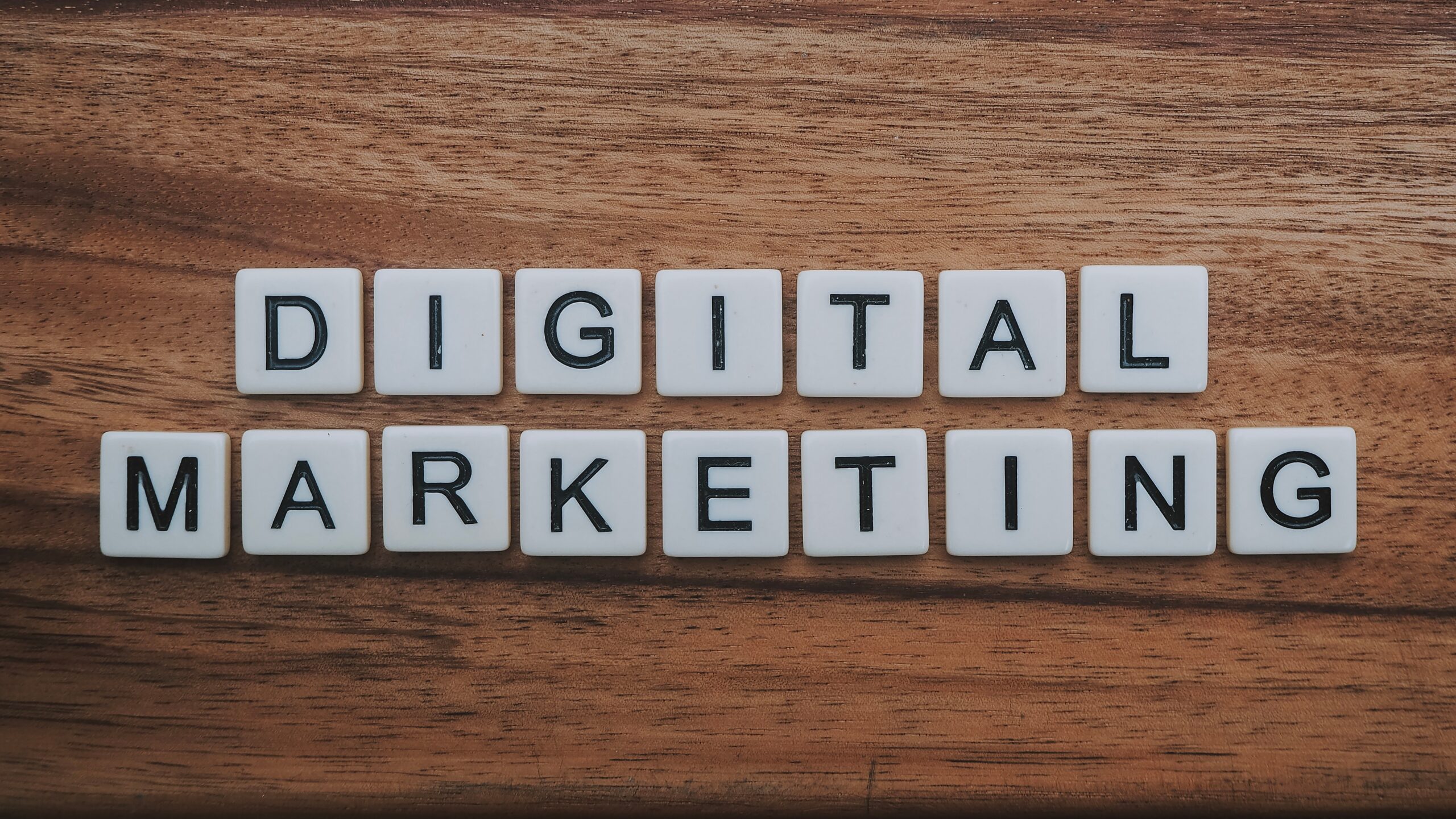
Digital marketing is the most cost-effective way to market your business, and with increased digitalization in all industries, if you’re not doing digital marketing – your business will find it very hard to grow.
What is digital marketing?
Digital marketing is a broad field that promotes products or services on a web-based channel (‘digital’) as opposed to conventional billboard, TV, and radio-based marketing. Digital marketing includes email, social media, display advertising, search engine optimization, Google AdWords, affiliate marketing, influencer marketing, and more.
Digital marketing is also absolutely packed with tools and services to choose from to get different jobs done. And doing marketing in the digital sphere also requires a lot of supporting professionals, like designers, software developers, and analysts.
Why am I telling you all this? I’m telling you this so you know that it’s a good thing you’re dipping your toes into the digital marketing ocean now because the sooner you start the sooner you close the gap. This guide is your lift-off ramp, from here you can start your digital journey and get to growing your business.
The problem is that digital marketing is an immense undertaking. It’s made out of a few major marketing channels, that are split into dozens of smaller marketing avenues, each requiring specific knowledge and needing its own skillset.
In this article we’ll provide a basic overview of the following digital marketing channels:
- Search engine optimization (SEO) – this basically mean making a good website
- Social media marketing
- Pay-per-click (PPC)
- Content marketing
- Affiliate marketing
- Marketing automation
- Email marketing
- Email signature marketing
- Listing Services
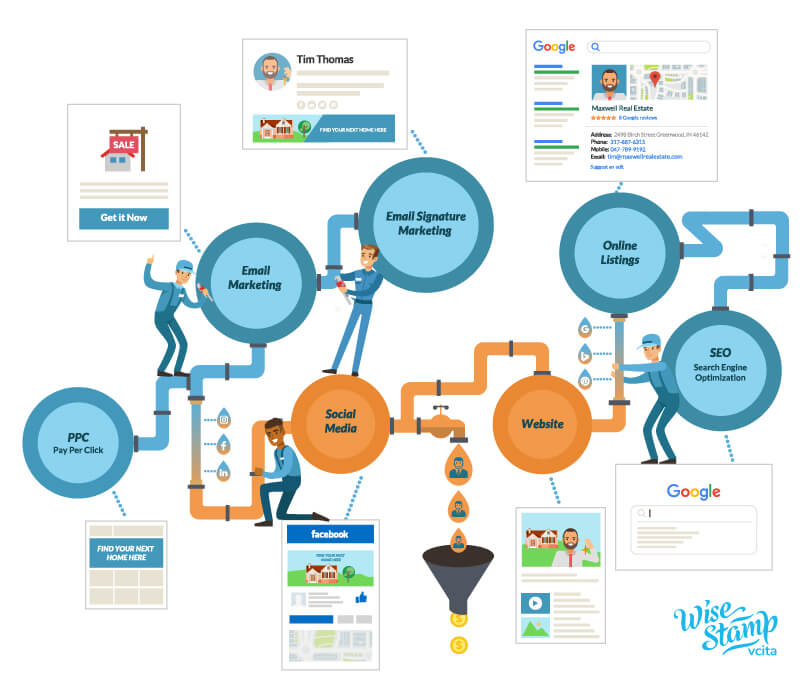
For most small business if you’re not online you don’t exist
As a small business owner, you can’t avoid the terms “digital marketing” and “online marketing”. But what exactly does it mean and why is it important for your business?
In the most basic terms, digital marketing refers to any activity or strategy that you use to market your business—product or service—online. And bear in mind that “online” includes on a desktop, laptop, tablet, smartphone, or any other mobile device you can think of!
You can dive deep into the world of digital marketing, and because it relates to the digital world, it keeps evolving. New tools and strategies for digital marketing are constantly being developed.
But don’t let that overwhelm you. As a small business owner, you simply need to understand the basics of digital marketing so that you can pick and choose the activities that work best for your business.
And, no, digital marketing is not just for online businesses and e-commerce. Even if you have a physical business, like a store or yoga studio, you still need to understand and utilize basic digital marketing activities in order to reach customers. Why? Because consumers are spending more and more time online.
According to a recent Pew Research study, about 25 percent of American adults report that they are “constantly” online and 75 percent of American adults go online at least once a day. Sounds like a lot, right? Well, you can expect it to continue trending upwards. Approximately 75 percent of consumers research a business online before making a purchase.
That means your business needs to be online, actively digitally marketing to consumers so you can find them even before they find you.
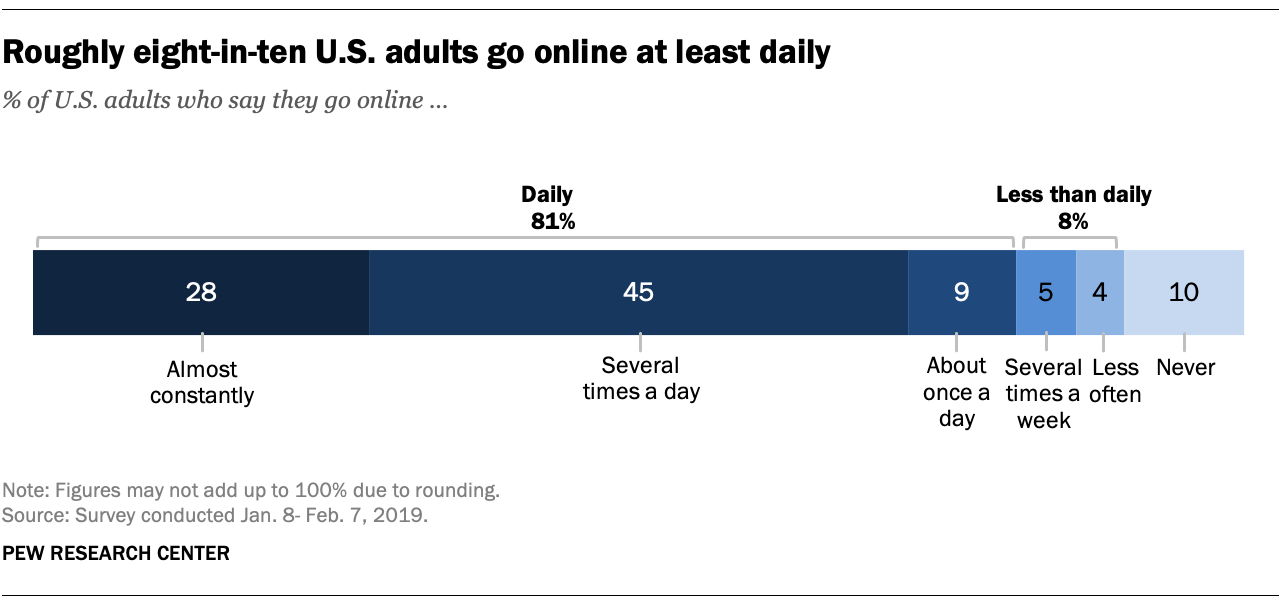
Main objectives of digital marketing?
The main goal of digital marketing is to attract more people to either visit your website or to purchase an item. Customized digital marketing objectives can be any of the following:
- Creating a Brand Awarenesses
- Promote your brand/products/service
- Gain more audience
- Add value and Gain trust
- develop a solid relationship with your following
The end goal is essential when creating a digital marketing strategy. If you successfully determine the type of audience and the most useful medium, you have done half of the work already.
Digital marketing is an immense field. It is subdivided into many categories, one of which is social media marketing itself. Business storytelling marketing includes 4 exceptional examples of brands that succeeded in digital marketing.
Main objectives of digital marketing?
The main goal of digital marketing is to attract more people to either visit your website or to purchase an item. Customized digital marketing objectives can be any of the following:
- Creating a Brand Awarenesses
- Promote your brand/products/service
- Gain more audience
- Add value and Gain trust
- develop a solid relationship with your following
The end goal is essential when creating a digital marketing strategy. If you successfully determine the type of audience and the most useful medium, you have done half of the work already.
Digital marketing is an immense field. It is subdivided into many categories, one of which is social media marketing itself. Business storytelling marketing includes 4 exceptional examples of brands that succeeded in digital marketing.
Digital marketing overview (with examples)
So where do you start? The most important thing to understand is that there are a variety of digital marketing assets and strategies. Think of digital marketing “assets” simply as tools and platforms that allow you to reach your target audience online.
Main types of digital marketing:
- Search engine optimization (SEO)
- Social media marketing
- Pay-per-click (PPC)
- Content marketing
- Affiliate marketing
- Influencer marketing
- Marketing automation
- Email marketing
- Email signature marketing
- Listing Services
1. Search engine optimization (SEO)
SEO is a growth strategy for acquiring traffic from search engines to traffic to your website. This is formally called organic traffic. It involves using keyword terms in the code and content of your website in order to show up in relevant search results on search engines like Google and Bing. When you search for something in Google and see results, those results are powered by SEO.
It is very crucial to understand the type of audience you need for your products. You will then optimize and write the content, keeping in mind those people and their caliber. Wanna know more about SEO?
It is divided into on-page and off-page SEO. In On-page SEO, the main focus is on content delivery, but in Off-page SEO, the focus is one link that we can get from other websites. It can be from guest blogs, podcasts, or any other way. For a more intricate strategy, you may want to consult this helpful SEO guide.
It is a time taking method for sure. If you write the right content, give it proper time, be patient and hardworking, then start paying off in 4 to 6 months.
Can’t do SEO without having a website
Here’s one you’ve probably heard of before: a website! Your business’ website is one of its most important digital marketing assets. If you don’t already have one, we highly suggest creating one. (Here’s a helpful article we’ve written on how to choose the best website builder for your small business).
The best thing about having a website is that you are in complete control of it! Unlike with social media assets, like a Facebook page or Instagram profile, you get to design your website from the ground up and include the elements and information that is most relevant for your business.
For example, a wedding photographer’s website needs to have a beautiful gallery to showcase their portfolio. Meanwhile, an e-commerce website has to be designed as an online store that is easy to navigate.
You don’t even have to be a graphic designer or computer programmer to create a beautiful and functional site. There are a variety of website builders that help you create a site based on templates that you can personalize to fit your needs.

2. Pay per click (PPC)
PPC stands for Pay Per Click. It refers to paid growth, or simply paying money to show ads on different platforms such as Google, Facebook, Instagram, Linkedin, and more, in order to drive traffic to your website.
It is mostly used for search engines. The person has a pay a small fee for every visitor that clicks on a particular ad.
These ads can be inside a website or in search engines. It is not free and can cost you a lot of money without any gain if not done correctly. It would be best if you did comprehensive research and planned to use this channel of digital marketing. It is profitable only if it is done correctly.
There are several ways to invest in paid growth such as placing ads on Facebook and Instagram (or sponsored content), placing ads on Google, or bidding on keywords. You can control these ads to display only to a specific audience and also put a cap on how much you want to invest.
PPC can produce a high ROI if you write an effective ad and run the numbers correctly. But it does involve deeper research in order to start seeing strong results.
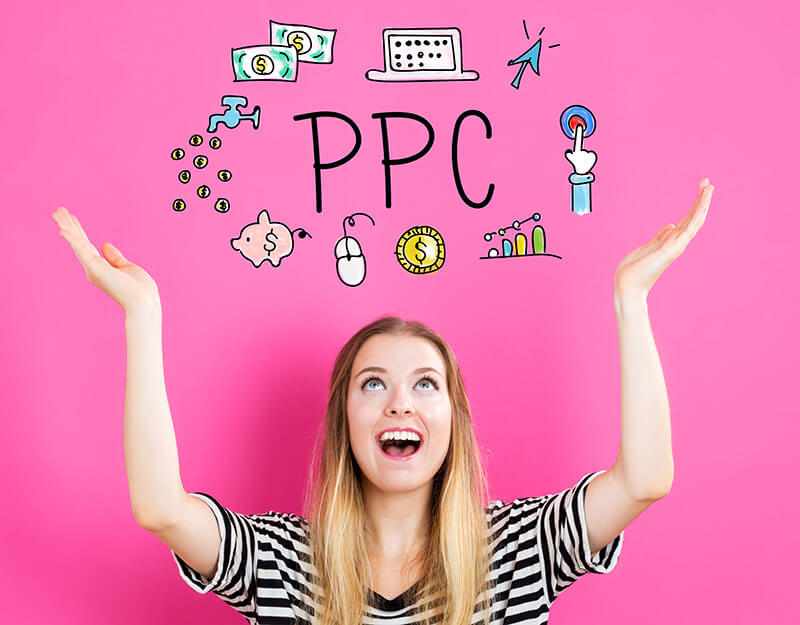
3. Social media marketing
Social media marketing is a subset of digital marketing. The amazing thing about social media marketing is that it has millions of users who you can target based on their demographics and interests. Let’s take two of the most popular social media platforms: Facebook and Instagram.
If your business has a Facebook Page or an Instagram Business Profile, then these are your social media assets! They are super easy and free to create and have the potential to reach hundreds, thousands, and even hundreds of thousands of people on social media depending on your social media strategy.
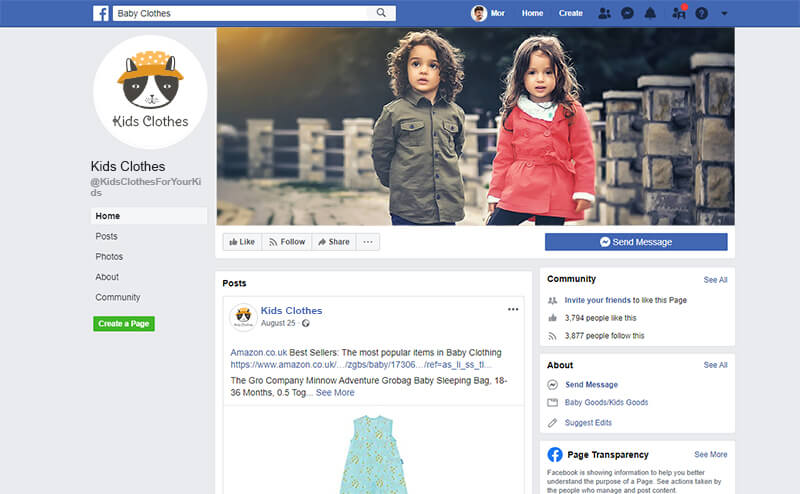
How you market your social media assets?
When it comes to social media strategy, you have two approaches: organic growth and paid growth. As the name implies.
Organic growth means that you reach your audience organically by sharing content on your profile and engaging with other profiles.
Paid growth means that you buy ads on the platforms (Facebook and Instagram) to drive traffic to wherever you want. You can send people to your Facebook Page or your website, for example.
Both strategies are effective when done right, but there’s a lot to learn that we won’t cover in this article. For now, just know that it’s very useful to set up your social media assets (a Twitter, Facebook, Instagram and/or LinkedIn account) and to share relevant content to them multiple times a week.
4. Content marketing
Content marketing is the use of articles, blogs, guides, etc., for our advantage. There are millions of people searching for millions of different things online. You can create a blog or article on a particular topic, and every time a person visits it, you will get paid.
Content marketing also needs SEO for it to work entirely. Combining the perfect content with perfect SEO, you can make your website a fortune for yourself.

5 . Affiliate marketing
Affiliate marketing is the promotion of the products and services of any other website or seller. As you might have heard the Amazon’s affiliate program, that is famous in this industry.
You can promote someone else’s products and services, and in return, you will get a significant commission determined by the seller for every sale made from your link. Today people are using it to earn a lot of money.
6. Influencer marketing
Influencer marketing is a partnership between companies and social media personalities with enough followers to be considered an influence on a certain target audience. The partnership format usually takes the form of payment by the company to the influencer in return for promoting or referencing their brand on their respective social media channel/s.
Depending on the number of followers and their characteristics, an influencer can be paid anything from a few dollars to millions of dollars. For influencers just starting off, even a free product tryout could suffice.
The right words, at the right time, from the right person can be the most powerful motivator for some consumers, which makes influencer marketing a high ROI digital marketing channel in the right hands.
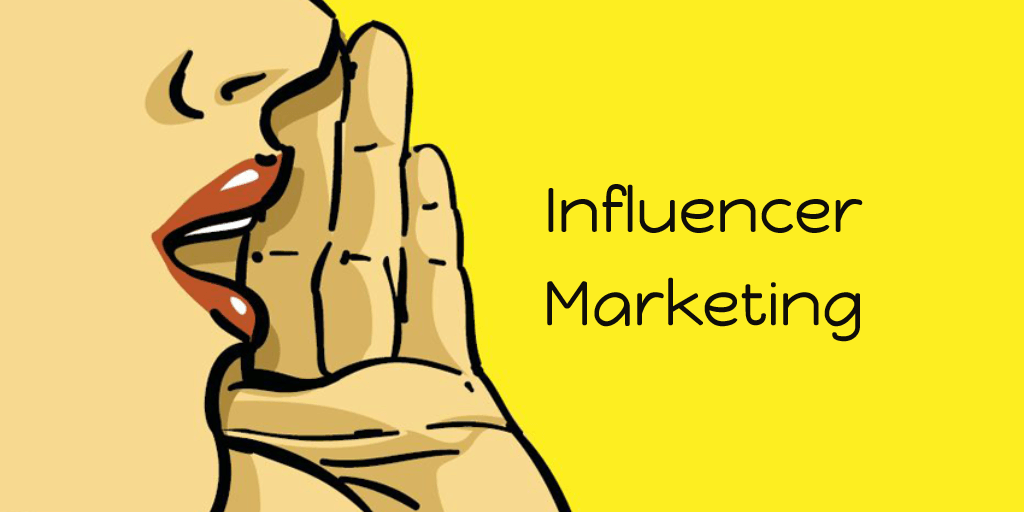
7 . Marketing automation
Marketing automation is software that allows you to handle different social media platforms from a single place. You can manage your email marketing automation, chatbot, pop-ups, and sales outreach from the same platform.
You can use it to speed up your work. It will help ease up the burden, and you can easily find everything you want in a single place.
8. Email marketing
Email marketing is a channel that allows you to reach your customers and audience via email. Although email is one of the oldest of all digital marketing strategies, it is the most effective when it comes to ROI (return on investment) – meaning that for each dollar you invest into it, it returns more than every other channel.
There are many advantages to email marketing. For starters, it is a direct line of communication between you and your customers. You send an email, and it reaches your customers directly into their Inbox.
There are also many different approaches you can take when it comes to the content of your email marketing, which can be organized into “campaigns.”
What are email marketing campaigns?
An email marketing campaign is a goal-oriented email you send to your email subscribers. For example, you can have an email campaign about a seasonal sale or a new release of products or services. A campaign is focused on a specific announcement with the intention to have your customers take a particular action in response.
And, NO, you do not need to be a graphic designer or email expert to send successful email marketing campaigns that your customers actually open and click through. There are a number of easy-to-use tools to help you design professional-looking email campaigns and also automate them to send when you want.
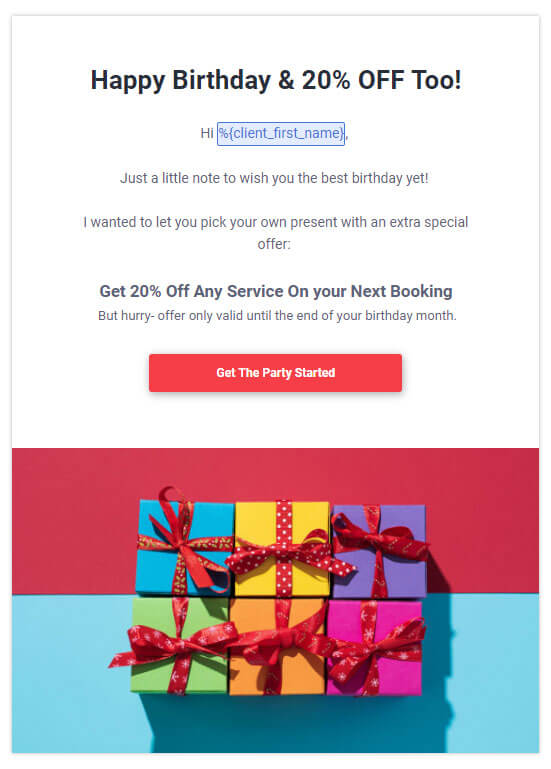
The most popular and user-friendly email marketing tools are:
- MailChimp – One of the most popular and robust email marketing platforms. Offers different pricing plans for various business needs.
- vCita — A small business management tool that includes an easy-to-use email marketing tool. Easily design email campaigns based on professional templates and automate them to send when you want!
- TinyLetter — TinyLetter is great for beginners and was designed by MailChimp. Best of all, it’s completely free to use.
9. Email signature marketing
We are a culture of email senders: Roughly 111.1 billion consumer emails are sent and received each day. If you want to make the most of your email marketing, then you have to use an email signature.
The beauty of email signature marketing is that it can be used to generate interest in what you offer even when the content of your email is not about trying to sell anything.
Every email you send will passively expose your reader to your basic business offer. You never know if the person reading your mail is looking for what you offer and is primed for buying. With a well-thought-out email signature marketing setup, every email becomes an opportunity to generate leads.
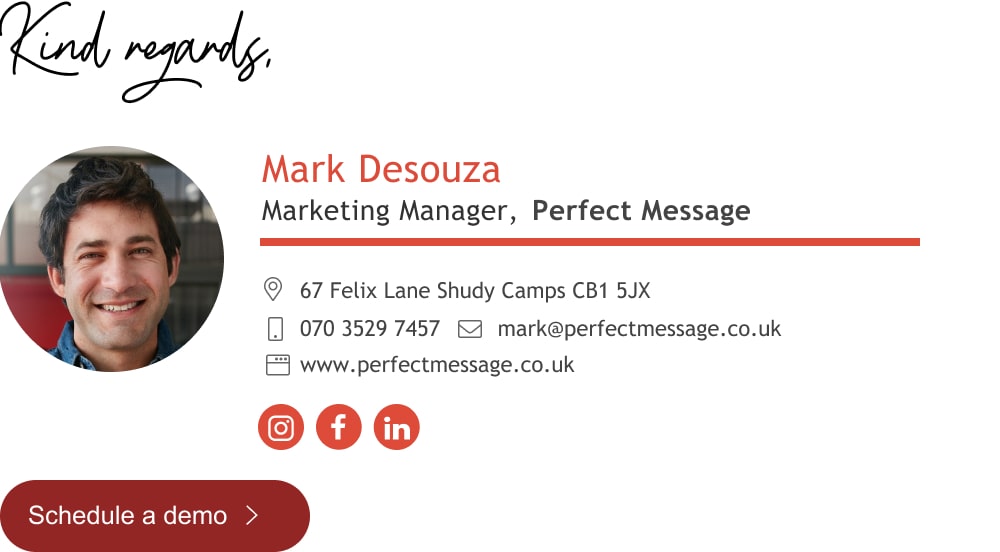
For example, let’s say you’re having an email conversation with a customer about a customer service issue. The customer has requested to change the shipping address of an order they just placed. This is not the time to start marketing an upcoming sale or new product as you handle the customer service request. But, your email signature can do the marketing for you.
All you have to do is use set up a clickable, dynamic email signature, which instantly becomes a marketing tool! A dynamic email signature, like WiseStamp, allows you to add promotional banners, photos, and other media to your email signature that enables it to act like a piece of marketing within each email you send, no matter the content of the email.
It’s a clever, non-intrusive way of promoting your product or service within your emails even when they are not focused on marketing.
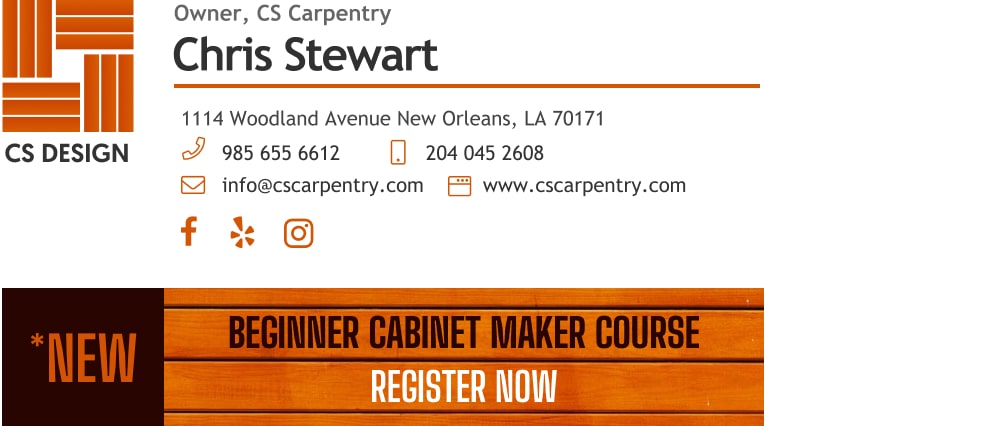
10. Online listings
Before you can even start driving traffic to your website with SEO or PPC, you first need to make sure your website is listed on search engines and local listing sites like Yellow Pages.
Listing your website is a really simple yet critical piece of your digital marketing strategy; it allows your business to get discovered online when people conduct online searches.
Luckily, it’s super easy to list your business online, and you technically don’t even need a website to get listed (you can list only your store address and hours, for example, in local listings). You can use an online listings tool to list your business on the top-ranking search engines and directories.
The process is super quick and easy, and you only need to do it once! You only make changes to your listings if you’ve updated your business information such as the website address, physical address, phone number, or hours of operation.
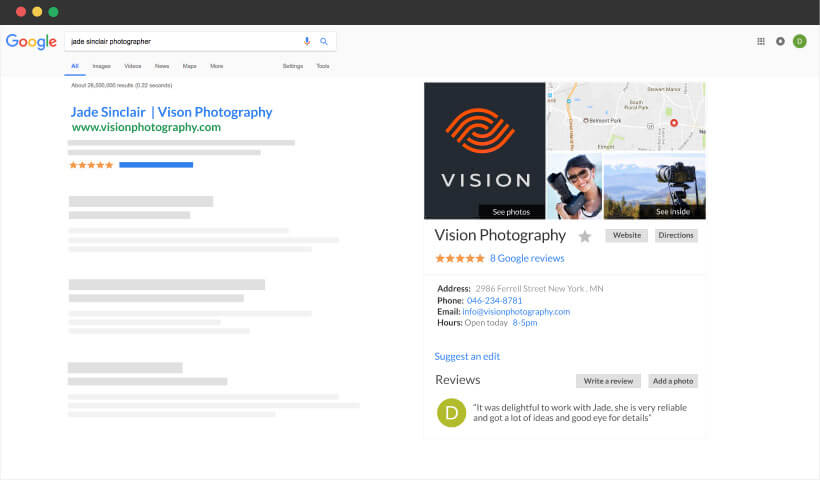
4 Most common and deadly digital marketing mistakes (you are probably making)
An effective marketing strategy should include a balance of various activities that engage users throughout different points of the user journey. But, oftentimes, businesses make small, seemingly harmless mistakes that focus too much on activity A and not enough on B. How do you know which to prioritize? How do you decide which deserves more resources?
As a best practice, there are certain marketing efforts that should take precedence over others. So, don’t get thrown off balance: Here’s a list of common, seemingly harmless marketing mistakes that you need to avoid.
Mistake #1: Focusing just on traffic
Ask the average small business owner what they plan to do to increase revenue from their online business, and they are likely to answer that they’ll increase their traffic. The idea is that you double your revenue if you double your traffic. While true, that’s a very slow and expensive approach.
A much faster and more cost-effective approach is to increase conversions. Data from Eisenberg shows that for every $92 business spend to drive traffic, they spend a measly $1 on conversions. This explains why most businesses have abysmal conversion rates.
Just imagine how much of an impact it can make on your bottom line if you can double your conversions simply by tweaking parts of your website – you don’t have to spend extra, you don’t have to increase your traffic and the impact is much longer than some one-off traffic you will get if you pay for ads.
So if you believe that focusing on increasing traffic is the solution to increasing revenue, you’re going the more expensive route. Instead, focus on conversions and watch your revenue double without you necessarily increasing your traffic.
Mistake #2: Ignoring your website speed
An often-ignored, seemingly harmless mistake that can significantly cripple your marketing efforts is having a slow website. Many people give tactics like social media, increasing traffic, etc, priority over having a faster website — which is just plain wrong. This is backed by research:
- Slow websites cost the U.S. economy over $500 billion annually.
- 51 percent of shoppers will abandon a purchase due to slow site loading times.
- A one-second delay in site load times can lower conversions by 7 percent.
- In an experiment involving 33 major retailers, increasing site speed from 8 seconds to 2 seconds boosted conversions by 74 percent.
- Google uses site load time as one of its ranking factors — giving faster sites a preference over slower sites.
The above interesting facts show just how important having a fast website is. Scientists have found that we are now more impatient than ever; in fact, a study conducted by Microsoft revealed that our attention spans have declined from 12 seconds in the year 2000 to eight seconds now — that makes the average human attention span shorter than that of a goldfish (at nine seconds).
Some suggestions for improving your site speed:
- Get a fast host. If you’re using a crappy host, none of the other suggestions will make much of a difference. I created a resource to help with this, and it focuses on speed and uptime — the two most important factors when using a web host.
- Use caching. This is especially important if your website is usually served to a lot of people. The more people trying to access your server all at once, the more server resources is expended. This is solved when you use caching, however.
- Get rid of the unnecessaries. Unnecessary plugins, addons and images, while they might make your website look more fancy can tamper with its efficiency and as a result negatively impact your conversions.
Mistake #3: Not leveraging the familiarity principle or rule of Seven
In marketing, there is a rule called the “rule of seven.” In essence, this rule states that most people need to see your offer at least seven times before they really take you upon it.
If you think you can just tell people about your offer once and that’ll do it, because you don’t want to “bug” them, you’re making a critical mistake.
More than ever before, we’re overloaded with more ads and marketing messages, our attention spans are getting shorter and we have more responsibilities than at any point in history. In essence, we’re just too busy; so sometimes, if we want something we need to be reminded many times about it.
So how can you create multiple touchpoints? Start a blog, podcast, video channel, put your offer in your email signature, get on social media—use as many channels and apps as possible to further the reach of your message so potential customers engage with it multiple times.
Mistake #4: Not having a mobile strategy
When you create your marketing strategy, it is important not to underestimate the importance of a mobile strategy. In fact, mobile is just too important to be ignored, and smart businesses create a separate mobile strategy due to how important it is. Here are some facts:
- There are currently more mobile-only web users than desktop-only web users
- About two-thirds of emails are being read on mobile devices
- 80 percent of people delete an email, and 30 percent unsubscribe, when emails they receive from a brand is not mobile friendly.
- Google now uses how well-optimized a site is for mobile devices as a major ranking factor.
When you consider the above facts, it becomes instantly clear how harmful not having a mobile strategy can be to your business.
The Takeaway
In the era of increasing social networks use, social media marketing can be a huge game-changer. This industry is still evolving, so learning all about it in time can be very beneficial.
When it comes to marketing, there is no “one size fits all” strategy. Your marketing efforts should address the specific goals and vision of your business.
With that taken into account, the above mistakes are generally ones to avoid no matter your industry or growth stage. Now that you’re aware of them, make sure to adjust your current marketing activities accordingly.
It’s true that new tools and strategies keep developing as the Internet becomes more and more sophisticated. But there is no need to become a digital marketing expert. You simply need to understand the basic tools and strategies we’ve listed above in order to take control of your own digital marketing activities.


